1. Understanding Soft Chew Toys for Puppies
1.1 What Are Soft Chew Toys?
Soft chew toys are specially designed playthings that cater to a puppy’s natural inclination to chew. These toys are typically constructed from softer materials, making them ideal for the sensitive gums of teething puppies. They provide a satisfying experience without putting too much pressure on developing teeth. Unlike harder chew toys, which can sometimes cause dental issues or discomfort, soft chew toys aim to provide a gentle yet engaging option for your young canine.
1.2 Benefits of Soft Chew Toys
The advantages of incorporating soft chew toys into your puppy’s toy collection are numerous:
- Promoting oral health: Chewing can help to clean a puppy’s teeth, reducing plaque and tartar buildup.
- Alleviating teething discomfort: The softness of these toys provides a soothing option for puppies experiencing discomfort during their teething phase.
- Encouraging healthy chewing habits: Introducing a soft chew toy can guide puppies toward safe chewing behavior, steering them away from inappropriate items like furniture or your shoes.
- Enhancing playtime: Many soft chew toys also have interesting designs, textures, and sounds that stimulate a puppy’s curiosity and playfulness.
1.3 Common Materials Used in Soft Chew Toys
Soft chew toys are made from various materials, each with unique properties and benefits. Common materials include:
- Natural rubber: Durable yet flexible, natural rubber provides a satisfying chew while remaining safe for puppies.
- Fabric: Plush fabric toys are soft and comforting, often incorporating squeakers or crinkle sounds to engage your puppy.
- Non-toxic rubber alternatives: Plastic or vinyl materials can also be used, ensuring they are safe and free from harmful chemicals. Always check for safety certifications.
- Food-grade materials: Many soft chew toys are designed for chewing while being infused with flavors like peanut butter or chicken, making them even more enticing.
2. Factors to Consider When Choosing a Soft Chew Toy
2.1 Size and Weight of the Toy
When selecting a soft chew toy for your puppy, size and weight are crucial factors. A toy that’s too small poses a choking hazard, while one that’s too large may not be manageable for a young pup. It’s important to choose a toy that fits comfortably in your puppy’s mouth, allowing them to hold and play with it easily. Most manufacturers provide guidelines based on the dog’s breed and size, which can be helpful in making your selection.
2.2 Safety Features of Soft Chew Toys
Safety should always be a top priority when choosing toys for your puppy. Look for features such as:
- No small parts: Ensure there are no detachable pieces that could pose a choking risk.
- Durable seams: Double-stitched seams can help prevent tearing and the ingestion of loose fabrics.
- Non-toxic materials: Always select toys made from safe, non-toxic materials to avoid any potential health hazards.
2.3 Assessing Durability for Chewing Habits
The durability of a soft chew toy plays a major role in its effectiveness. Puppies are often enthusiastic chewers, and while soft toys can be gentler on their teeth, they should still withstand regular use. Assess your puppy’s chewing habits to determine the best option: if your pup is a light chewer, a plush toy might suffice, while a more aggressive chewer may need something reinforced for durability.
3. Top Soft Chew Toys Reviewed
3.1 Best Soft Chew Toys for Teething Puppies
When it comes to relieving teething discomfort, some toys stand out for their effectiveness in soothing sore gums. Options like the Soft chew toy designed specifically for puppies are excellent choices. They are constructed from softer rubber that provides just enough resistance for effective chewing without being too hard on their developing teeth.
3.2 Versatile Soft Chew Toys for Dogs of All Ages
Some soft chew toys are adaptable for various life stages, making them a fantastic investment. Look for toys that are labeled as suitable for all ages, as they typically evolve with your dog’s needs. For example, toys that can be frozen offer cooling relief for teething puppies and can later transform into standard chew toys for older dogs.
3.3 Eco-Friendly Options in Soft Chew Toys
For environmentally conscious pet parents, eco-friendly soft chew toys made from sustainable materials are available. Brands that use recycled or biodegradable materials also ensure that your puppy’s playful habits won’t contribute to environmental waste. Many of these options are designed with the same durability and safety features as traditional toys, making them a win-win for eco-aware families.
4. Tips for Introducing a Soft Chew Toy to Your Puppy
4.1 Making the Toy Appealing
To ensure your puppy takes to their new soft chew toy, enhancing its appeal is crucial. Try incorporating the toy into playtime, using it during training sessions, or even rubbing it against your puppy’s favorite treat to infuse it with a familiar scent. This makes the toy more enticing and encourages your puppy to explore it further.
4.2 Supervised Playtime with Soft Chew Toys
Always supervise your puppy during playtime with a new soft chew toy. This allows you to monitor their chewing habits and ensure they are playing safely. If you notice any signs of excessive tearing or distress, it’s wise to intervene and remove the toy, suggesting alternative play objects.
4.3 Transitioning from Other Toys to Soft Chew Toys
If your puppy is accustomed to harder toys, transitioning to soft chew toys might take some time. Gradually introduce the new toy alongside their favorite hard toys. This method provides a gentle nudge toward embracing the softness while not completely omitting their familiar choices.
5. Caring for Your Puppy’s Soft Chew Toys
5.1 Cleaning and Maintenance Tips
Proper care for your puppy’s soft chew toys extends their lifespan. Regular cleaning is essential, particularly for fabric toys. Most are machine washable, but always check the label for guidelines. For rubber or plastic toys, a good rinse with mild soap and warm water usually suffices. Regular inspection for tears or damages is also important.
5.2 Recognizing When to Replace Soft Chew Toys
Understanding when to replace soft chew toys is essential for your puppy’s safety. Signs of wear, such as visible tears, holes, or significant wear in texture, indicate it may be time for a replacement. Additionally, if your puppy starts consuming pieces of the toy, discard it immediately to prevent choking hazards.
5.3 Maximizing the Lifespan of Soft Chew Toys
To get the most value from your puppy’s soft chew toys, be proactive in their care. Store toys in a designated area to prevent loss or damage, regularly rotate the toys to keep your puppy engaged, and supervise play to prevent undue wear. Using designated chew toys at specific times can also help preserve their condition.
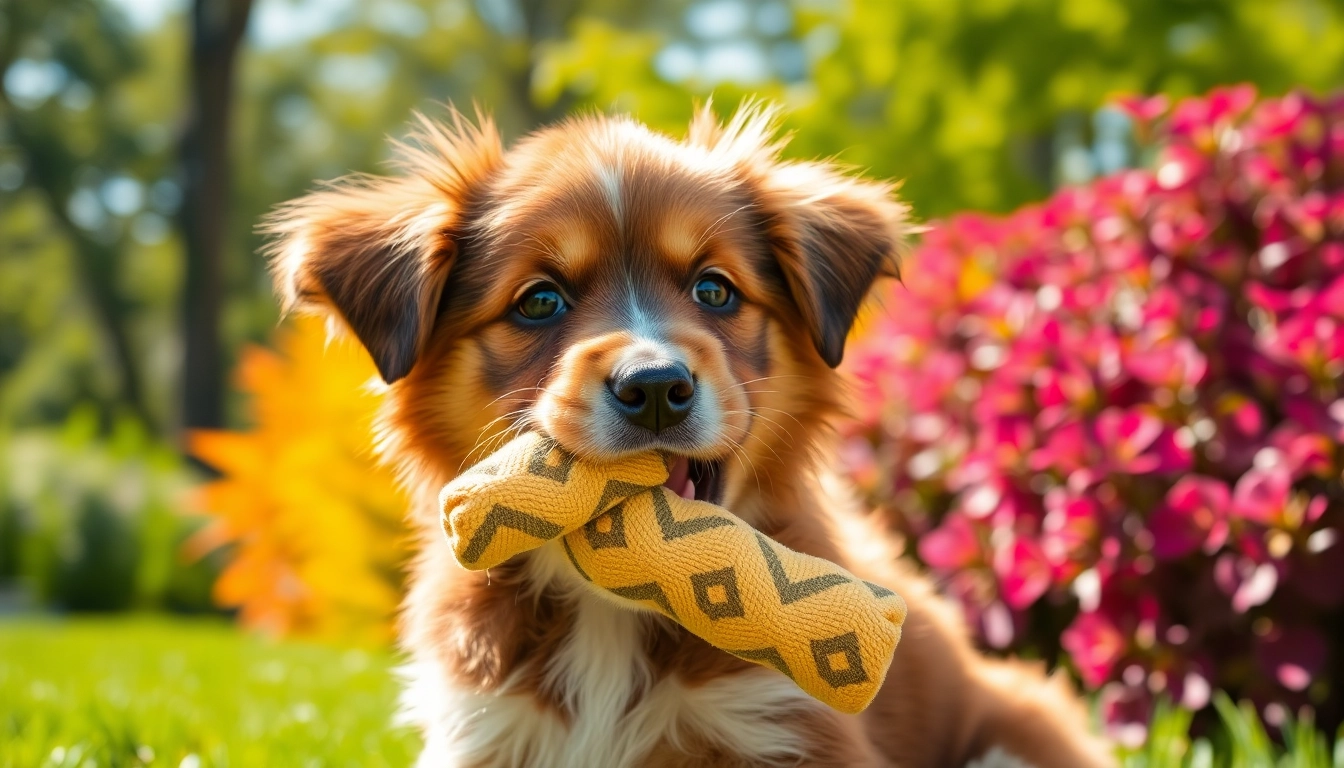
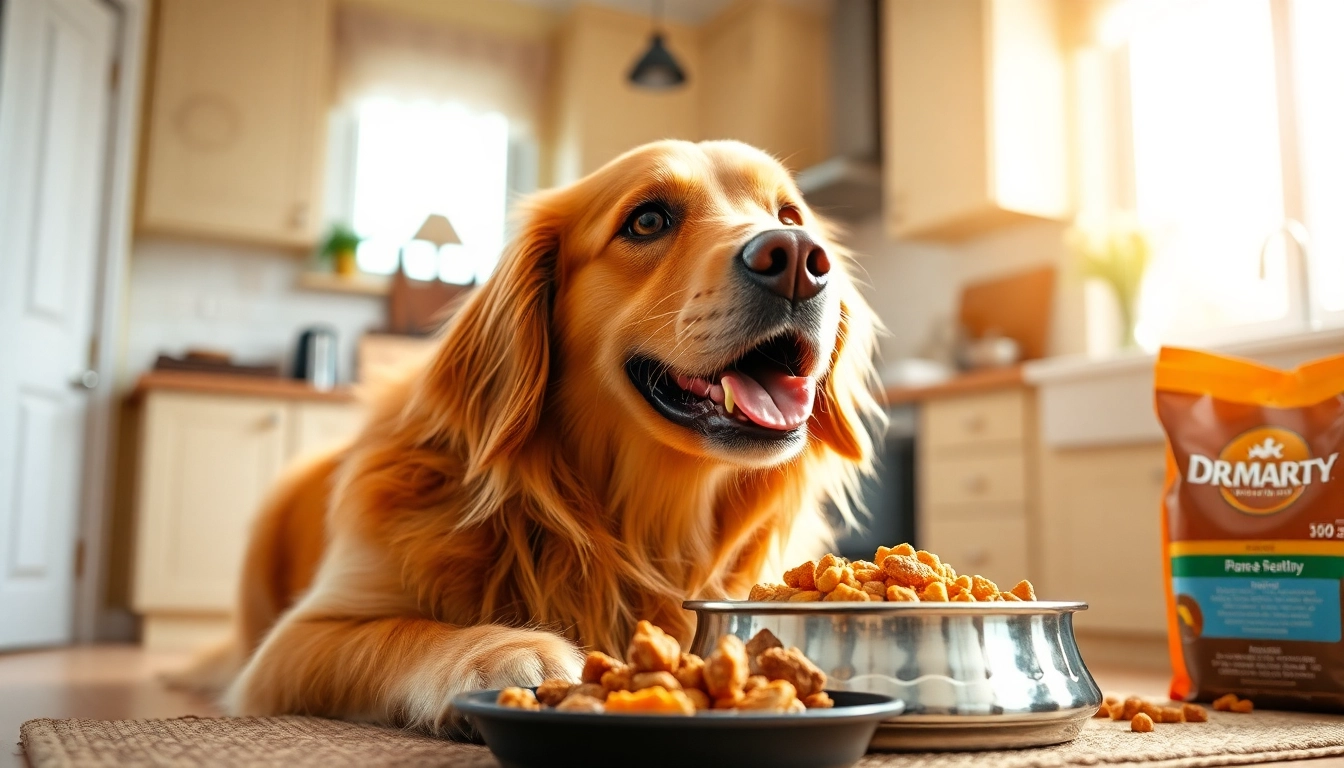
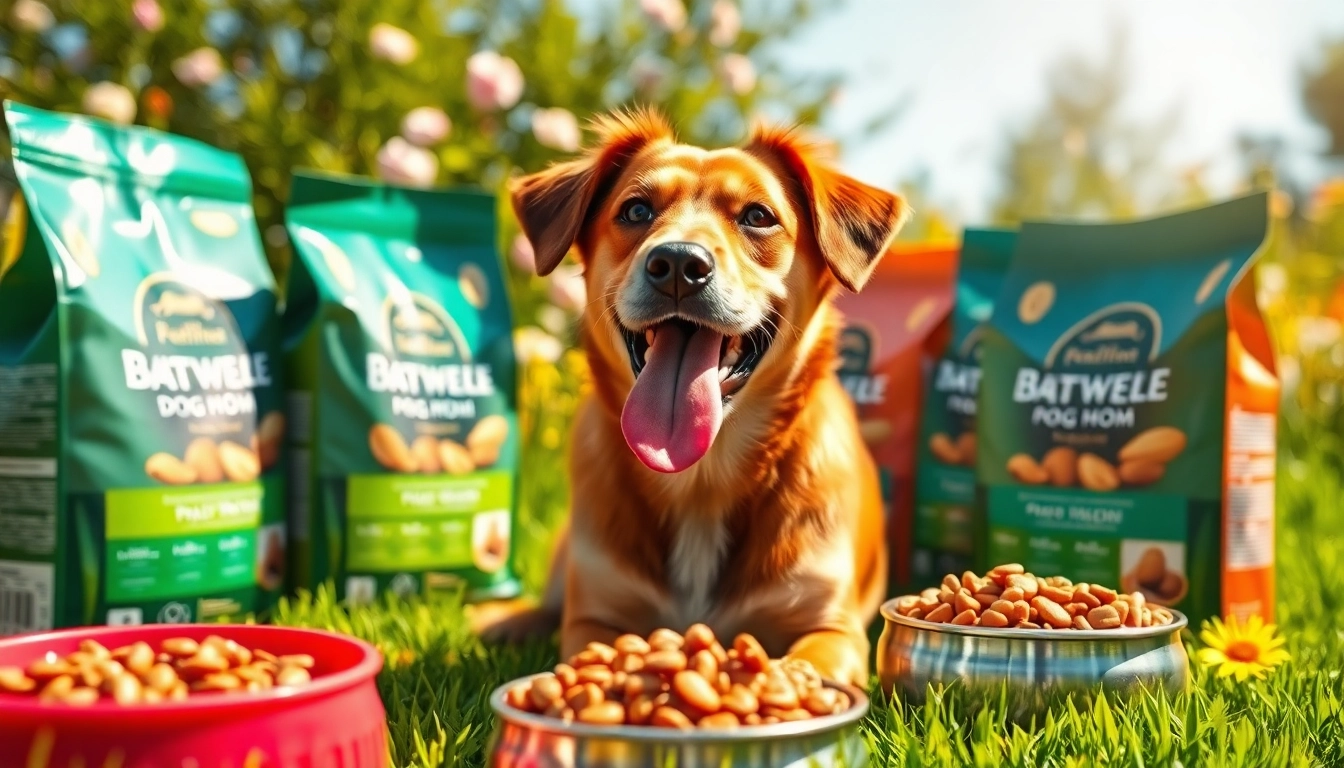

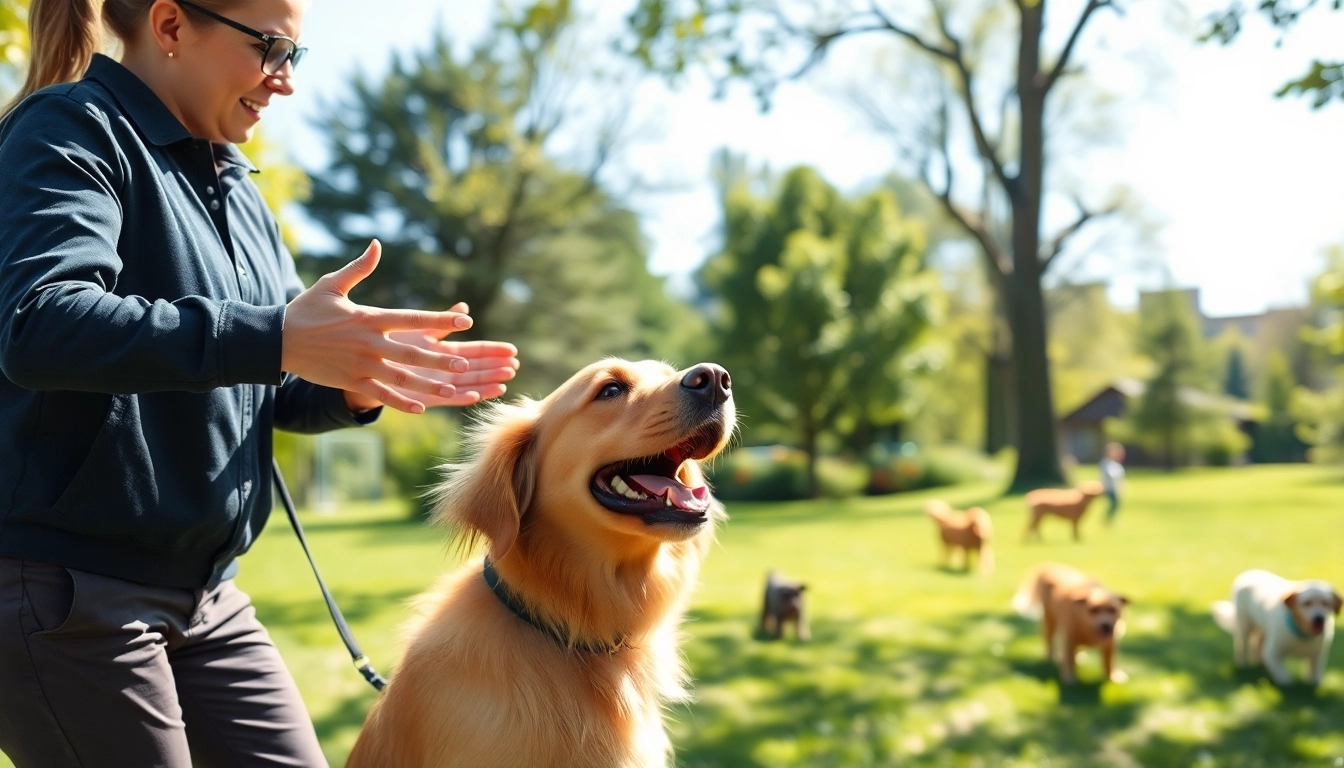
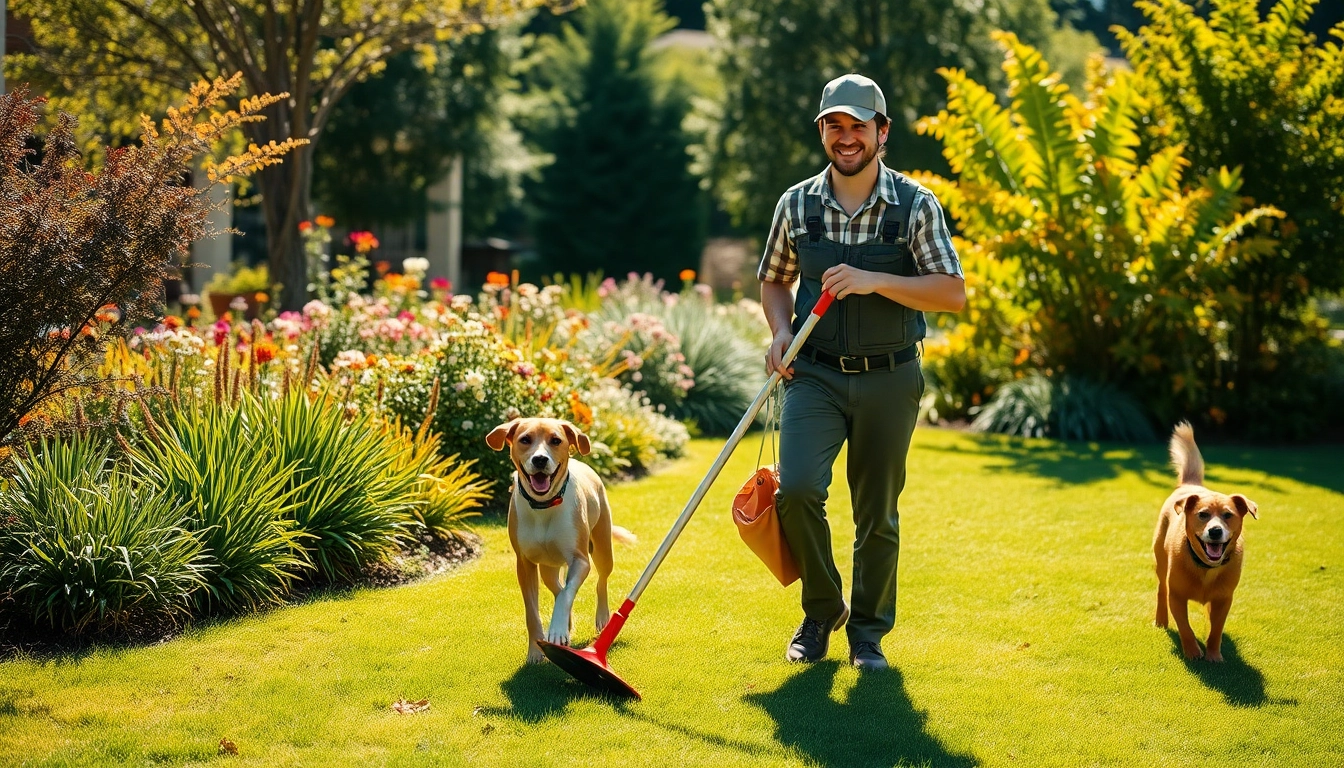
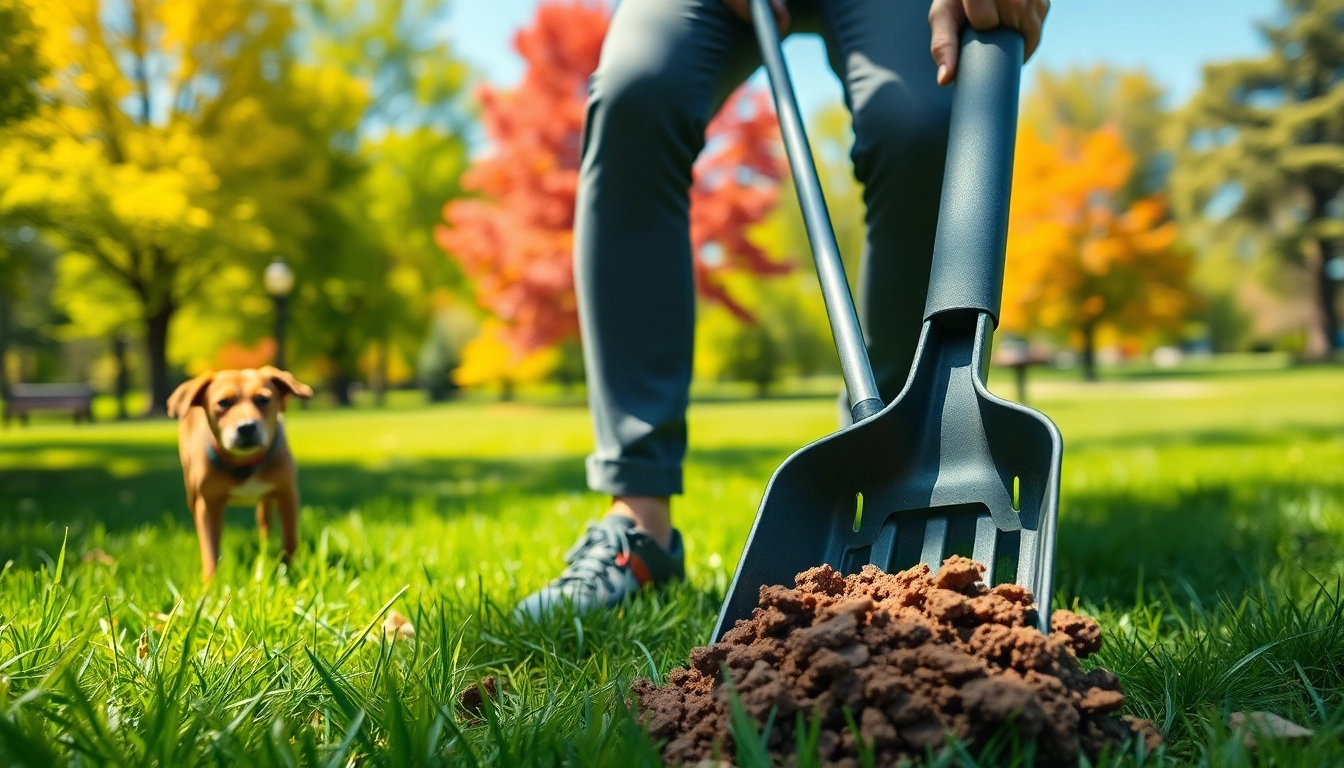
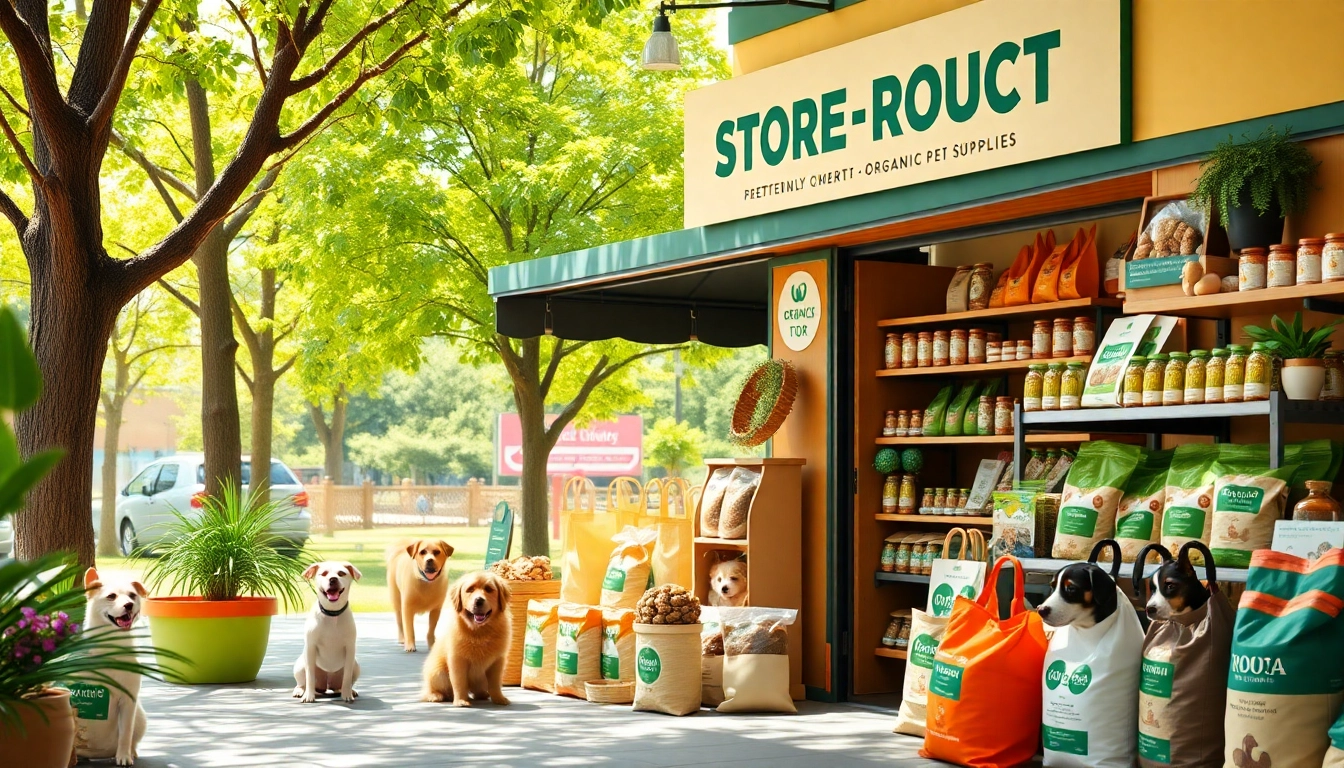

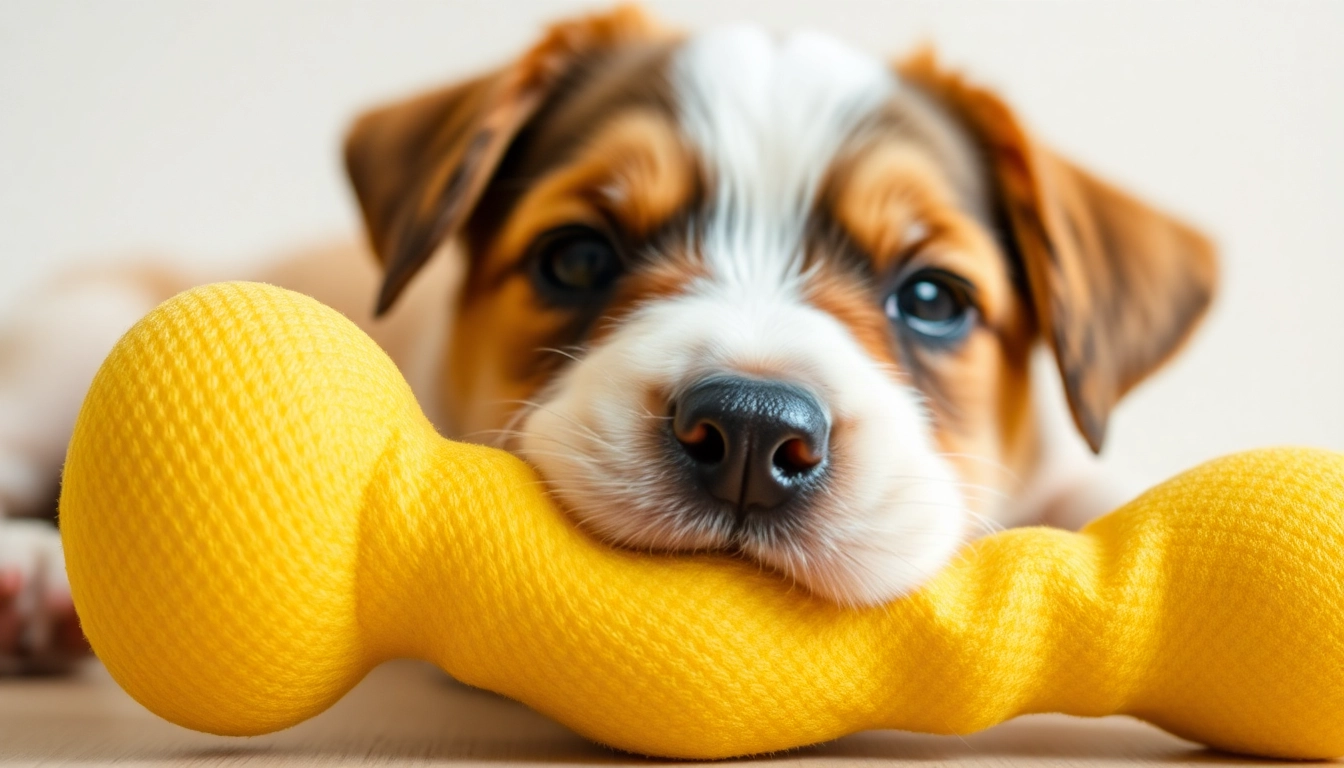





Leave a Reply